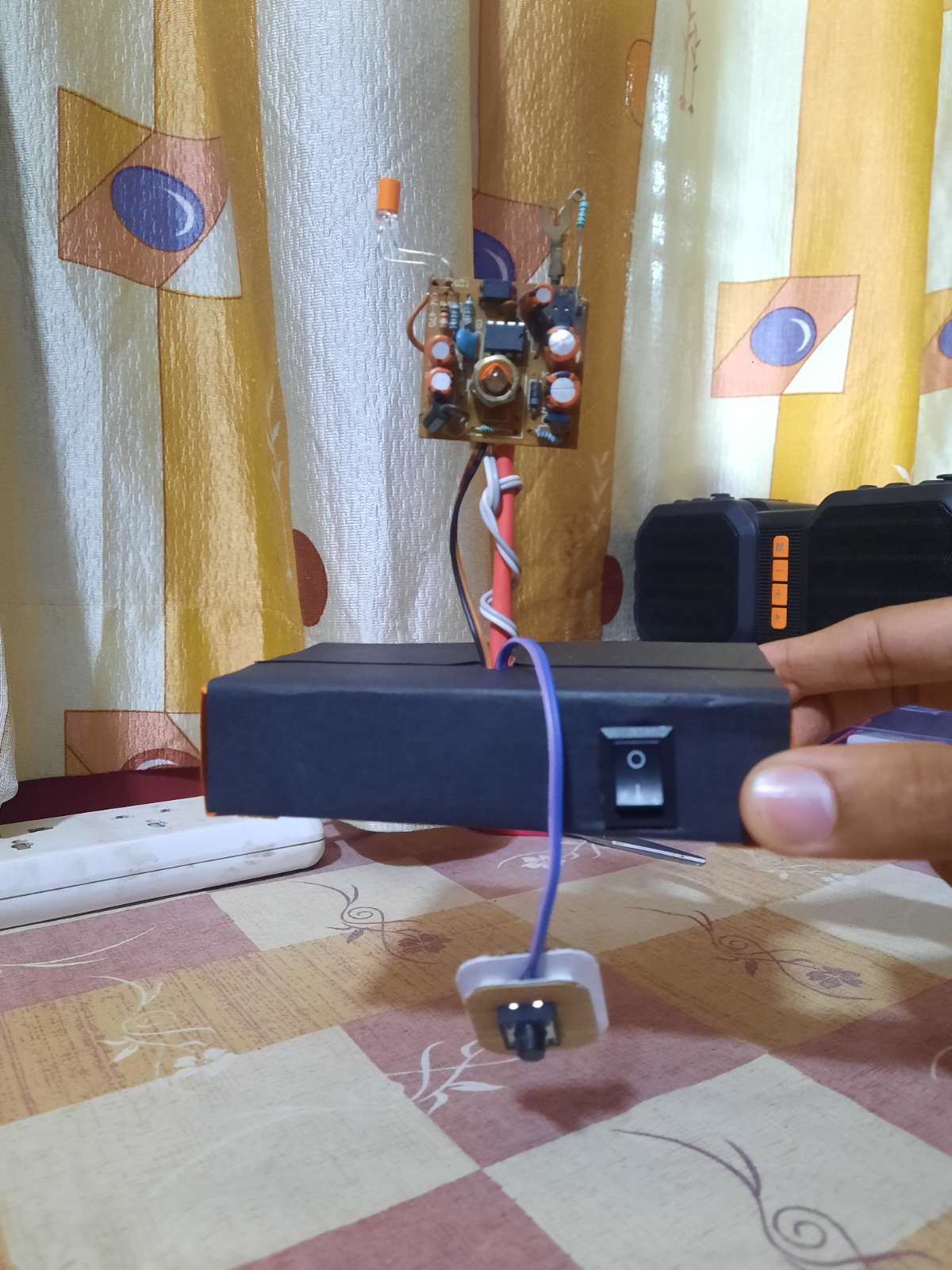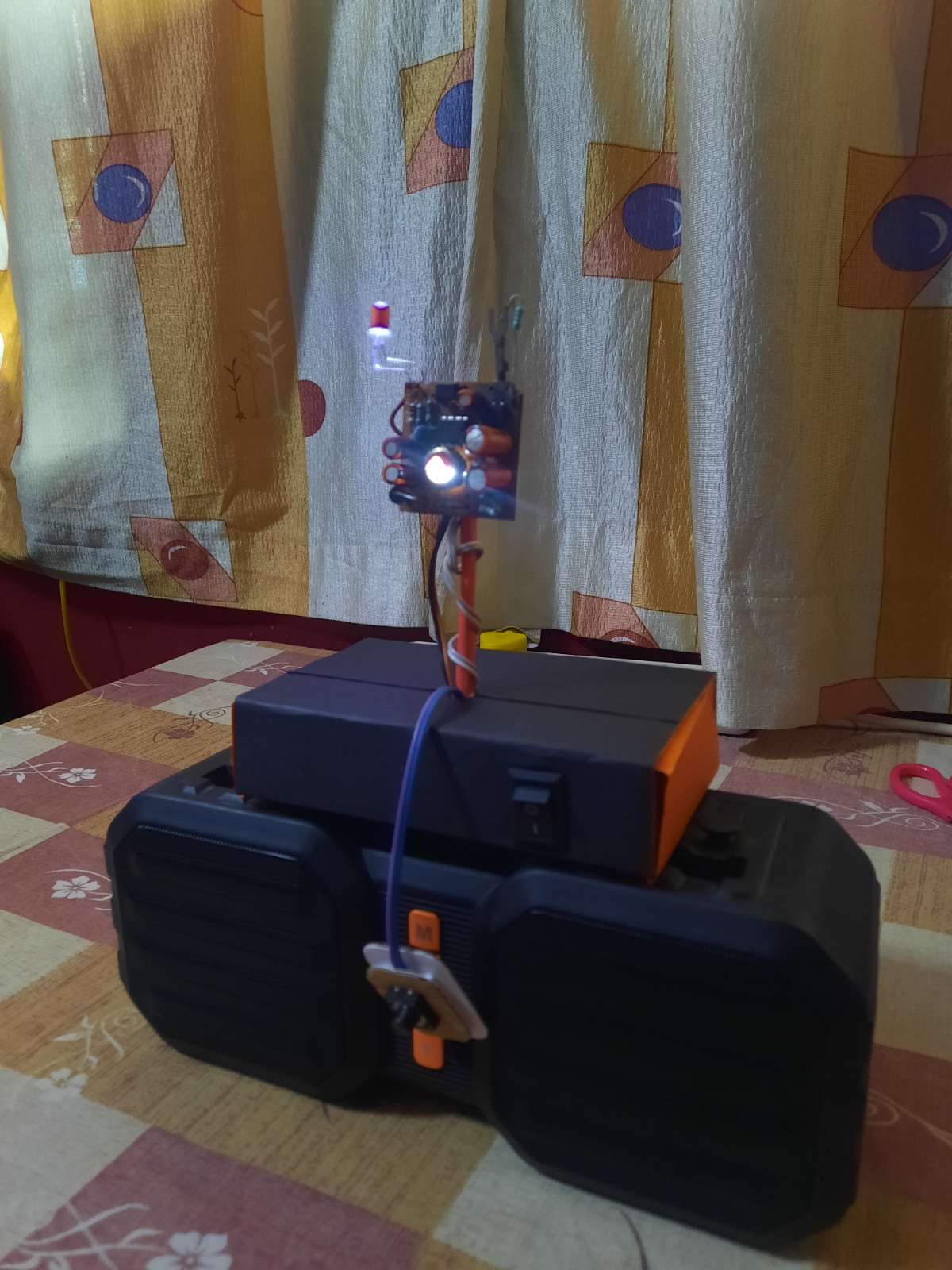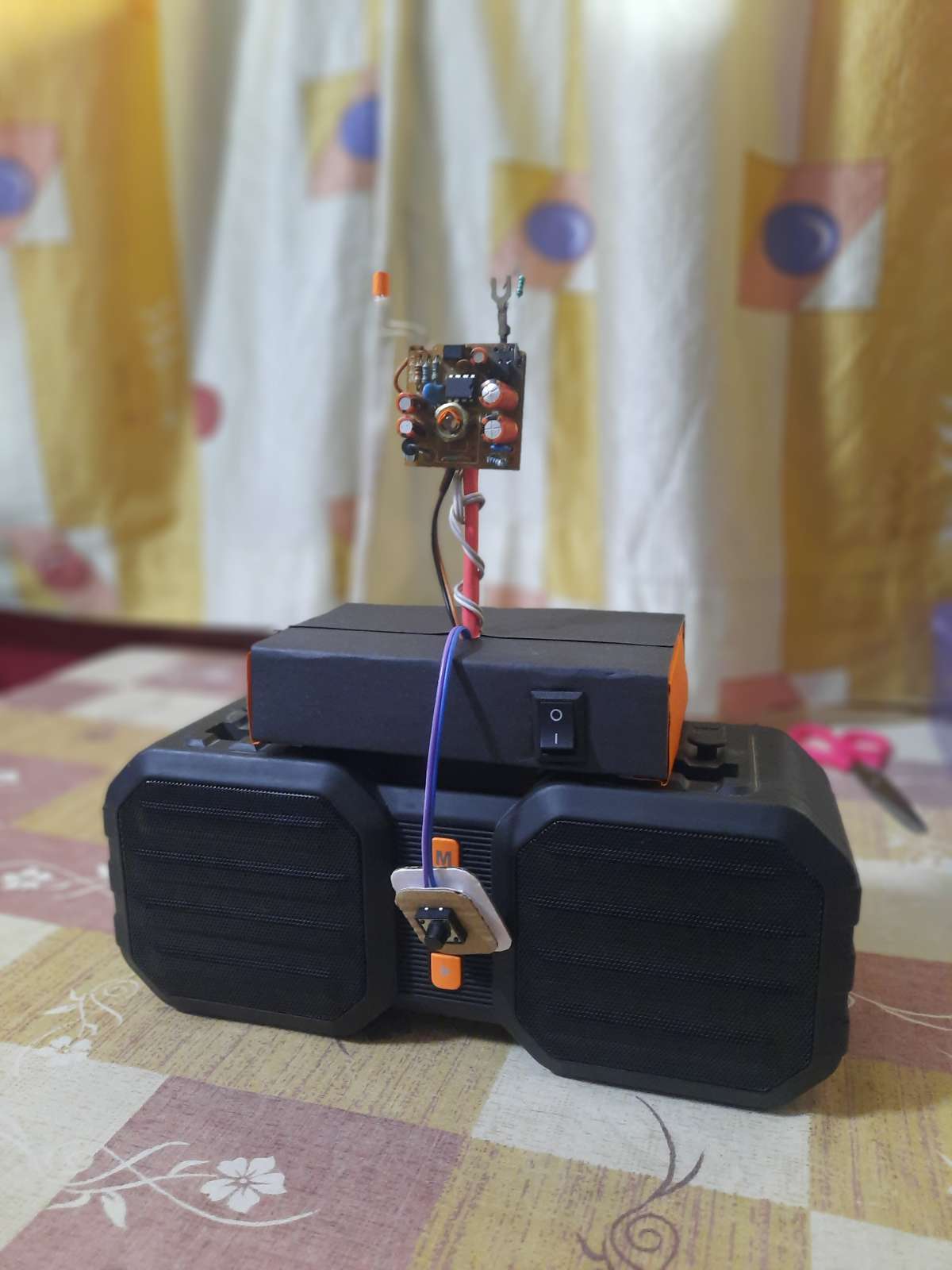Materials Used:
- Unity game environment with ConvAI API integration
- Raspberry Pi 4 module
- Push button for user interaction
- USB-connected Bluetooth speaker for audio input and output
- LED indicators for visual feedback
Features:
- Unity Game Integration: Utilizes a customized Unity game environment where the ConvAI API of character Rose interacts with users.
- Raspberry Pi 4 Integration: A Raspberry Pi 4 module powers the system, automatically launching the Unity game upon startup.
- Push Button Activation: Users can initiate interactions with Rose using a conveniently placed push button, enhancing user accessibility.
- Bluetooth Speaker Compatibility: Connects to any Bluetooth speaker via USB for both input and output, enabling natural voice responses and command inputs.
- LED Indicators: Features two LEDs on Rose's head to indicate power status and input activity, enhancing user feedback and interaction clarity.
- No-Coding Game Design: Developed the Unity game environment without traditional coding, ensuring accessibility and ease of use.
Story:
In creating "Rose: an AI Assistant Adapter, " I embarked on a journey to merge gaming technology with artificial intelligence. First, I developed an engaging Unity game environment where I integrated the API to breathe life into the character of Rose. Next, leveraging the Raspberry Pi 4 as an IoT and embedded system hub, I connected a push button to automate the launch of the Unity game upon startup. The Raspberry Pi 4 served as the central processing unit, managing data flow and interactions with Rose seamlessly. To facilitate robust communication, I integrated a Bluetooth speaker via USB, which acted both as a microphone for user commands and a speaker for Rose's responses. As a final touch, I incorporated two LED indicators on Rose's head, offering visual feedback on power status and operational readiness. This project not only transforms any Bluetooth speaker into a versatile AI assistant but also showcases the potential of Raspberry Pi in IoT and embedded systems, enhancing user interaction through immersive gaming dynamics and intelligent conversational capabilities.
Benefits of Project:
- Enhanced Learning: Provides interactive and engaging learning experiences for students.
- Accessibility: Offers accessible technology solutions for individuals with disabilities.
- Affordable AI: Makes AI assistant technology more affordable by using existing Bluetooth speakers.
- User-Friendly: Easy setup and use without needing advanced technical knowledge.
- Voice Interaction: Enables hands-free control and commands, improving convenience.
- Inclusivity: Promotes digital inclusion by making AI technology available to a wider audience.
- Educational Support: Assists educators with interactive teaching tools.
- Technology Exposure: Introduces students to advanced technologies like IoT and AI.
- Resource Efficiency: Utilizes existing devices, reducing the need for additional hardware purchases.
- Community Engagement: Encourages community-driven tech projects and innovations.
Connection Diagram:
1. Raspberry Pi 4:
- Connects to the push button.
- Connects to the Bluetooth speaker via USB.
- Connects to two LEDs for power and input indication.
- Powers on automatically when connected to a power source.
2. Push Button:
- Connects to the GPIO pins on the Raspberry Pi 4.
- Used to initiate interactions with the AI assistant.
3. Bluetooth Speaker:
- Connects to the Raspberry Pi 4 via USB.
- Serves as both the input (microphone) and output (speaker) for the AI assistant.
4. LEDs:
- Indicate power status.
.png)
Prototype Images:


Prototype Video:
Thank You ^-^
Like 👍 Video and Project❤️

